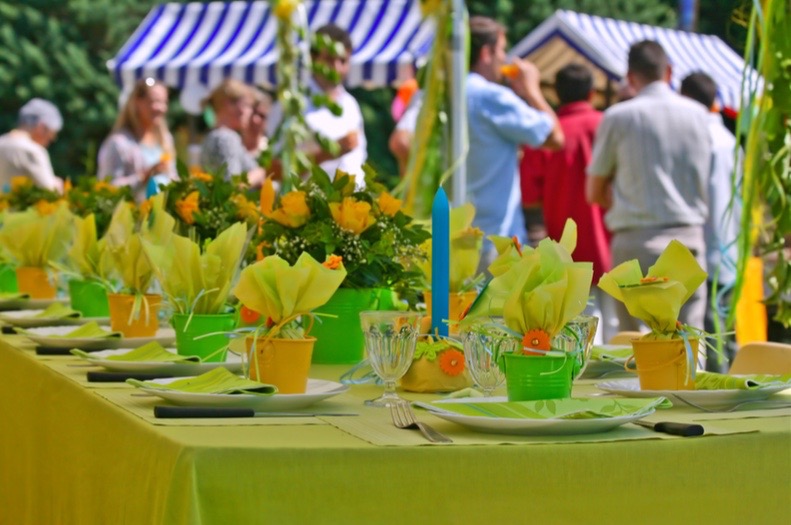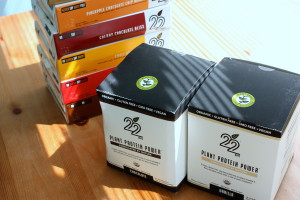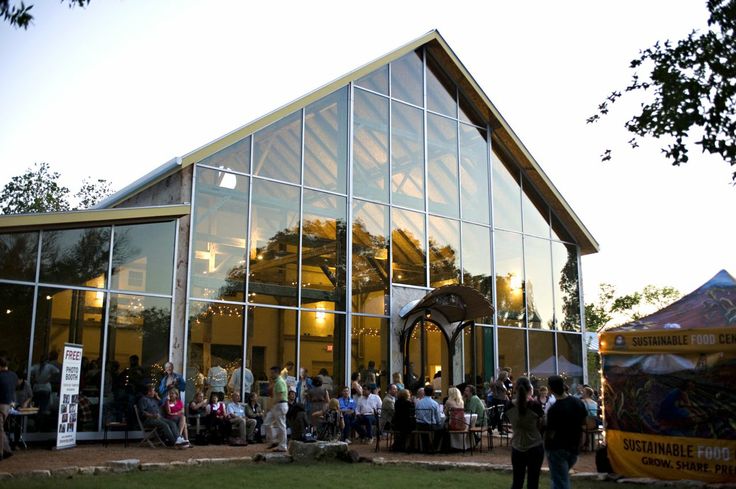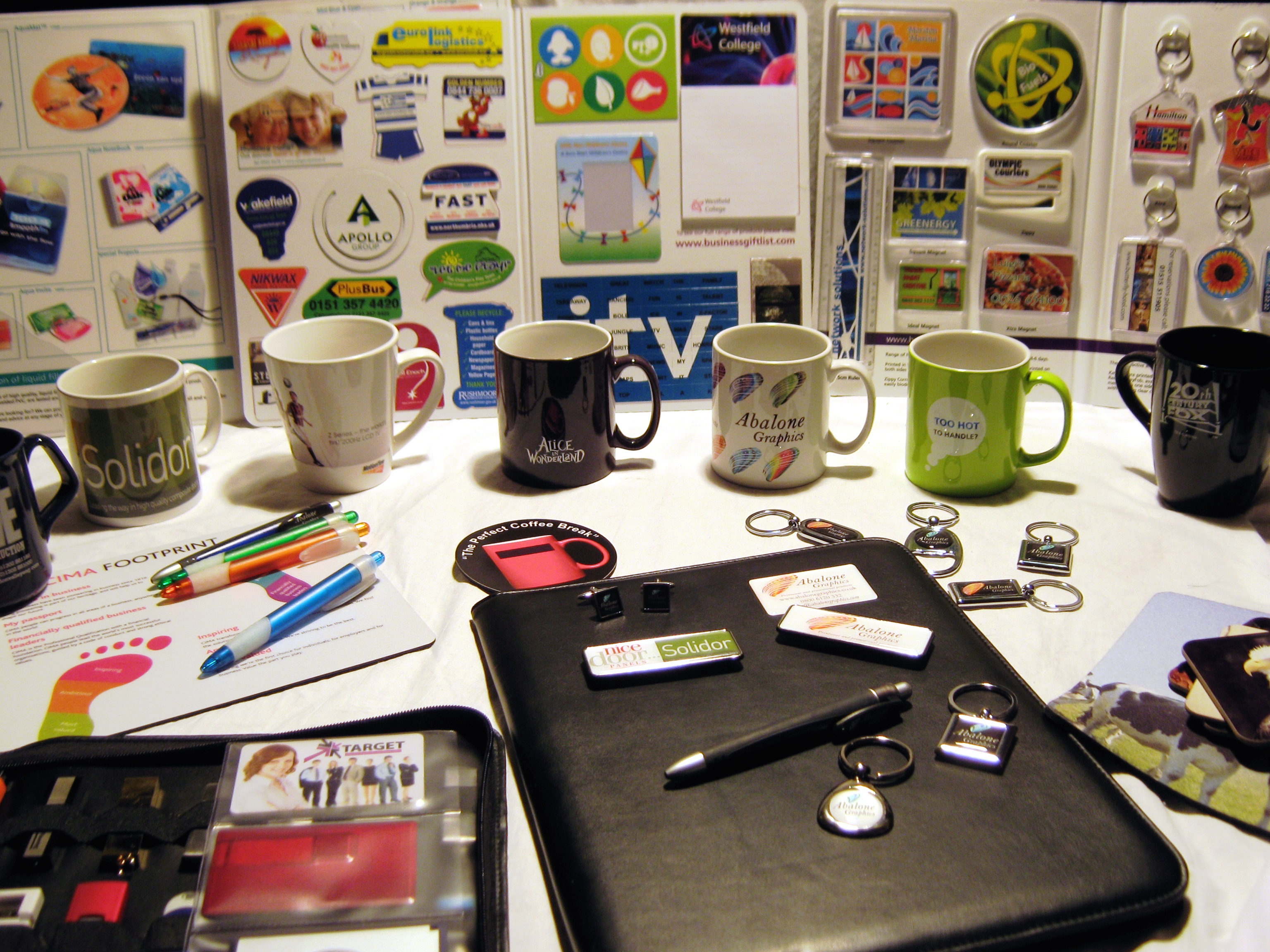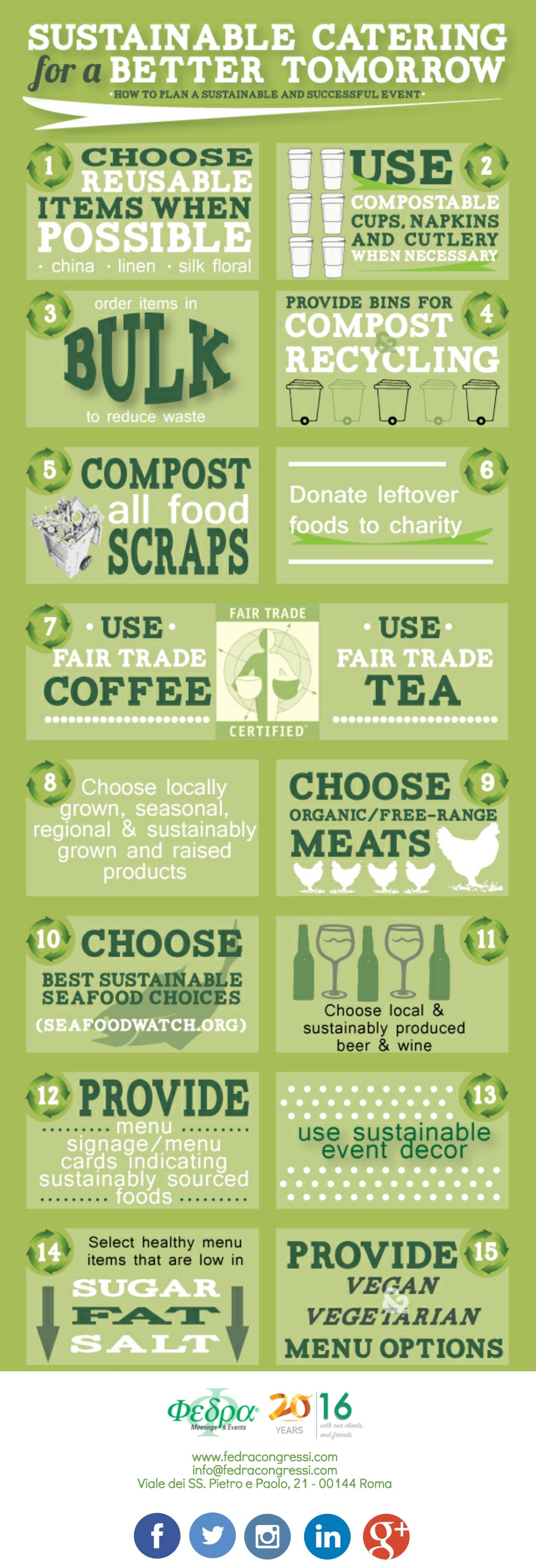In general, here are the main food types to include in your plans when you want to have a productive day:
Fresh fruits
Fresh vegetables
Healthy fats (avocado, olive oil, grass-fed butter, almond butter, walnuts, macadamia nuts, etc.)
Proteins
Foods to Think Twice About Incorporating into Your Meetings
There are some things you should generally try to avoid when eating to have a productive day at work, including:
- Gluten (like breads and pastas)
- Fake sugars and excess sugar
- Donuts, muffins, pastries, etc.
The Best Breakfast Foods for a Powerful Corporate Meeting
Eggs are great for building up your brain power. Incorporating grains is also good for longer bursts of energy, so oatmeal would also be a nice, energetic choice.
The Best Lunch Foods for a Powerful Corporate Meeting
Serve plenty of healthy proteins—chicken being one of the best. If you have vegetarians to serve as well, beans are a great substitute for meat-based protein.
Also always serve salad and vegetables and incorporate healthy fats somewhere in your meal—remember, those can include avocado, olive oil, many types of nuts (almonds, walnuts, macadamia nuts…) and a ton more.
The Best All-Day Meeting Snacks and Foods
When you have long days full of meetings, conferences and workshops, getting a really healthy, powerful meal is important. However, what you serve as snacks in between meals is just as crucial to maintaining the energy required for a productive day.
Some snacks for your next meeting could be:
- Almonds
- Vegetable plates
- Hummus
- Fruit trays
- Dark chocolate
These are packed with good energy to boost brain power.
Other Tips for Productive Meetings
Eating the right food plays a vital part in determining how you will feel each day. There are other factors, though, that are important to consider when planning for such a long day of meetings and conferences.
- Consider the environment. Dark conferences rooms and areas with no natural light will suck energy out of a room and don’t allow for optimal productivity. If you simply have to use a space that is poorly lit, do what you can to lighten it up, such as displaying golden flowers, adding light-colored décor and linens, providing a clean and elegant food table setup, etc. The little touches will make the biggest differences.
- Take breaks. At the very least, you group needs to take a break every 90-120 minutes. 10 minutes is an optimal amount of break time.
- Do something with music. Especially during your breaks, you will find that the music will uplift and reenergize the meeting attendees. Even just half a song will be enough to stir the room.



